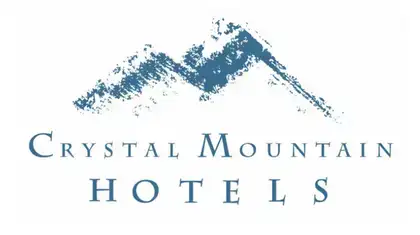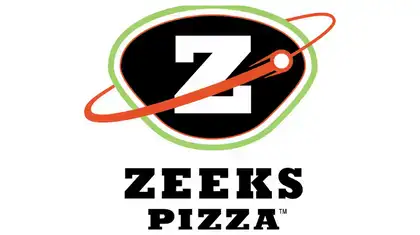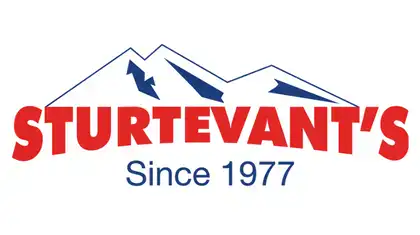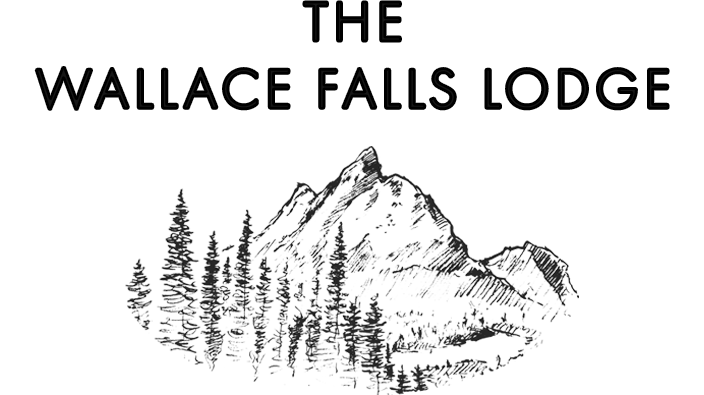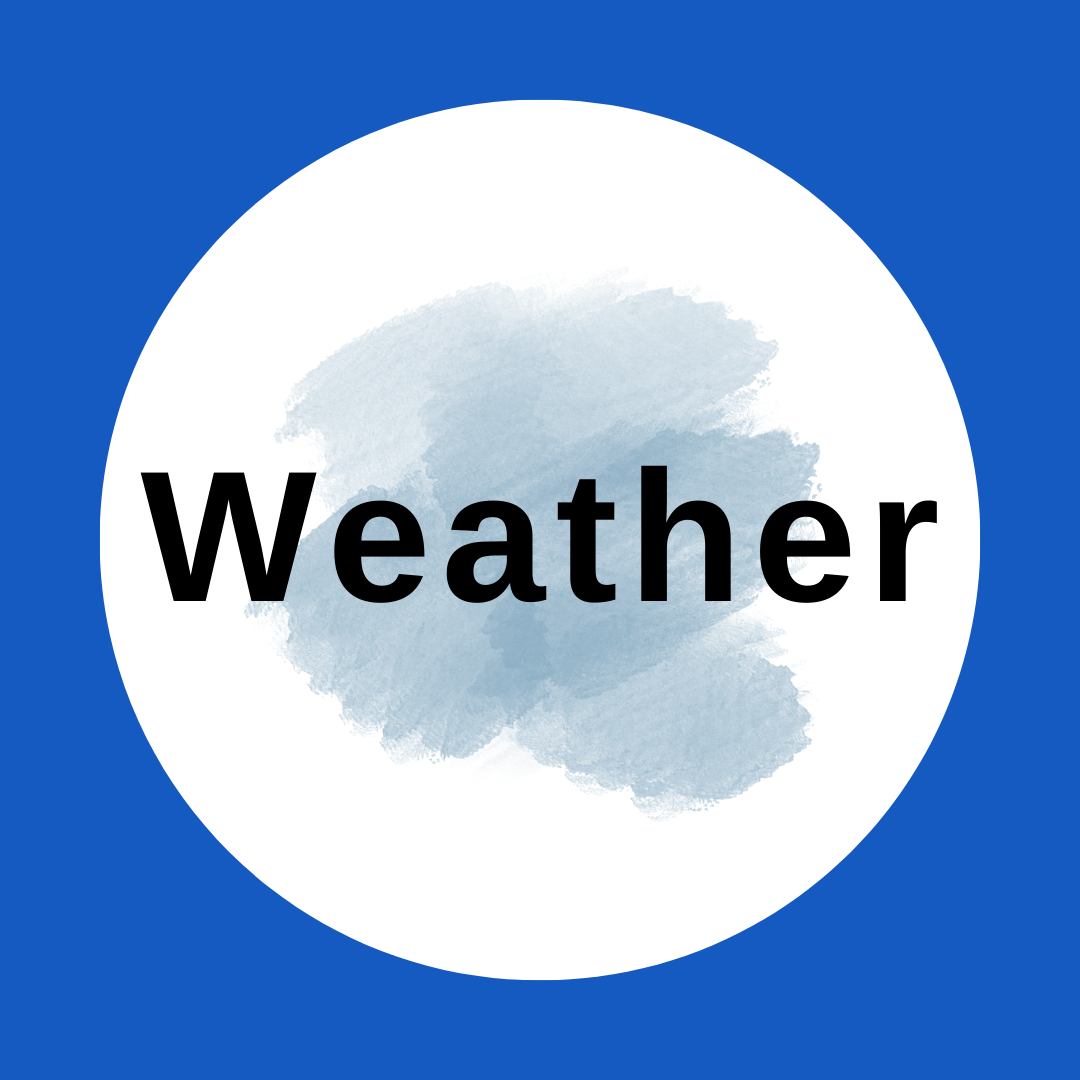A little snow has been seen in the mountains lately, but not enough to make a big difference. There have been a few inches, mainly above 4,500 ft. A modest system comes in later in the weekend with a little more (1-4) on Sunday (SL 4,500-6,000ft). The weather pattern remains active, but we will see dry spells between the modest and occasional storms. I dont see any big storms with 1-2 ft of snow at this time. We normally dont see the huge snowfall action until sometime later in November as winter storms get stronger and more frequent. Once in a while, a couple of good storm cycles set up and we can see the snow pile up quick, then ski areas open early.
Typically, we need 2-5 feet to open, but that can vary depending how the snow comes in. The snowpack benefits the best when the snow comes in wet (warm) early, then dry (colder) later in the storm cycle - especially early season as the new pack builds. Also, remember, snow making can help fill in the thin spots. I do recall Mt Baker, Crystal and others opening in late October and early November decades ago (early 1990s?), with natural snow, but that is rare.
I think we will see ski areas open near or possibly before Thanksgiving. A late start to the ski season is unlikely, given La Nina and this active pattern already beginning. So, get in shape and get the gear ready.
................................................................................................
Freezing fog; what is it and why is it dangerous?
One minute you are driving on dry pavement. A second later you are spinning out of control. What happened? Its ice on the road. And sometimes freezing fog is to blame.
Freezing fog is one of the most dangerous weather hazards we see in the Northwest resulting in many fatalities and injuries to NW drivers.
Fog is a cloud which forms near or on the ground. Most fog is made up of small water drops, gently floating in the air. Generally, fog is only a visibility hazard, but when the temperature is near or below freezing it can be dangerous. In the fall and winter sometimes its cold enough for the fog to be made up of supercooled water droplets.
Supercooled water is water which remains in liquid form below freezing. Supercooled water has been seen as low as -55F. Typically our freezing fog is just below freezing, but thats cold enough to cause problems. What happens is the supercooled water will freeze once it impacts an object - like a cold roadway. That process will lay down a thin layer of black ice. Black ice is actually clear ice, which looks black, because its transparent on the pavement. Of course, you dont need freezing fog for black ice, a wet road can ice up as it gets colder at night, without fog.
Icy roads can be anywhere, but typically, you will see colder pavement on elevated areas like bridges and overpasses or in shady spots. Note: that stretch of I-90 just to the west of the Summit is elevated, to let avalanches go under the freeway. I hit that area of I-90 with black ice once and it was really scary it formed really fast. And I was going really slow (less than 20 mph), and still fishtailing around.
If are driving near a river or lake that may be a source area for the moisture to form the freezing fog, that can be a problem. So be on the lookout.
On the ski slopes, you can see the effects of supercooled water colliding into a tree (called a snow ghost) or post when wind blows supercooled water droplets from a cloud and it freezes on impacts. Its called rime ice. This can happen to aircraft wings too and sometimes be an aviation hazard. Thats why they de-ice aircraft before taking off.
While you are driving, be safe. Watch your car thermometer, if it gets down to 37 or 36, beware, because its always several degrees cooler right near the ground. A valley or geographic depression can pool colder air and fog. Be aware of those areas. Also, just slow down when you suspect freezing roadways, especially on curves. Tap your breaks, dont jam them on. Also watch for a shinny roadway it might mean ice.
Fog can be a beautiful sight drifting through our Cascade valleys. A classic Northwest icon. But keep your eyes on the road and be aware of the unexpected hazards of limited fog visibilities and freezing fog. The payoff is youll have another fabulous day on the ski slopes.
Typically, we need 2-5 feet to open, but that can vary depending how the snow comes in. The snowpack benefits the best when the snow comes in wet (warm) early, then dry (colder) later in the storm cycle - especially early season as the new pack builds. Also, remember, snow making can help fill in the thin spots. I do recall Mt Baker, Crystal and others opening in late October and early November decades ago (early 1990s?), with natural snow, but that is rare.
I think we will see ski areas open near or possibly before Thanksgiving. A late start to the ski season is unlikely, given La Nina and this active pattern already beginning. So, get in shape and get the gear ready.
................................................................................................
Freezing fog; what is it and why is it dangerous?
One minute you are driving on dry pavement. A second later you are spinning out of control. What happened? Its ice on the road. And sometimes freezing fog is to blame.
Freezing fog is one of the most dangerous weather hazards we see in the Northwest resulting in many fatalities and injuries to NW drivers.
Fog is a cloud which forms near or on the ground. Most fog is made up of small water drops, gently floating in the air. Generally, fog is only a visibility hazard, but when the temperature is near or below freezing it can be dangerous. In the fall and winter sometimes its cold enough for the fog to be made up of supercooled water droplets.
Supercooled water is water which remains in liquid form below freezing. Supercooled water has been seen as low as -55F. Typically our freezing fog is just below freezing, but thats cold enough to cause problems. What happens is the supercooled water will freeze once it impacts an object - like a cold roadway. That process will lay down a thin layer of black ice. Black ice is actually clear ice, which looks black, because its transparent on the pavement. Of course, you dont need freezing fog for black ice, a wet road can ice up as it gets colder at night, without fog.
Icy roads can be anywhere, but typically, you will see colder pavement on elevated areas like bridges and overpasses or in shady spots. Note: that stretch of I-90 just to the west of the Summit is elevated, to let avalanches go under the freeway. I hit that area of I-90 with black ice once and it was really scary it formed really fast. And I was going really slow (less than 20 mph), and still fishtailing around.
If are driving near a river or lake that may be a source area for the moisture to form the freezing fog, that can be a problem. So be on the lookout.
On the ski slopes, you can see the effects of supercooled water colliding into a tree (called a snow ghost) or post when wind blows supercooled water droplets from a cloud and it freezes on impacts. Its called rime ice. This can happen to aircraft wings too and sometimes be an aviation hazard. Thats why they de-ice aircraft before taking off.
While you are driving, be safe. Watch your car thermometer, if it gets down to 37 or 36, beware, because its always several degrees cooler right near the ground. A valley or geographic depression can pool colder air and fog. Be aware of those areas. Also, just slow down when you suspect freezing roadways, especially on curves. Tap your breaks, dont jam them on. Also watch for a shinny roadway it might mean ice.
Fog can be a beautiful sight drifting through our Cascade valleys. A classic Northwest icon. But keep your eyes on the road and be aware of the unexpected hazards of limited fog visibilities and freezing fog. The payoff is youll have another fabulous day on the ski slopes.




